
First it was development runoff. Then it was algae triggered by global warming. Now UC Davis researchers have seized on a new explanation for the continued dinginess of Lake Tahoe’s blue waters — tiny invasive shrimp.
The researchers say that mysis shrimp, introduced in the 1960s to fatten trout, have proliferated to a point that they now pose a major threat to the lake’s clarity. To make Tahoe shrimp-free, the researchers are proposing to remove the crustaceans with trawlers and to mass market Omega-3 fatty acids extracted from the catch.
The novel approach could be self-funding, “climate-proof” and produce “levels of clarity in the lake not seen in decades,” according to Geoffrey Schladow, director of the UC Davis Tahoe Environmental Research Center.
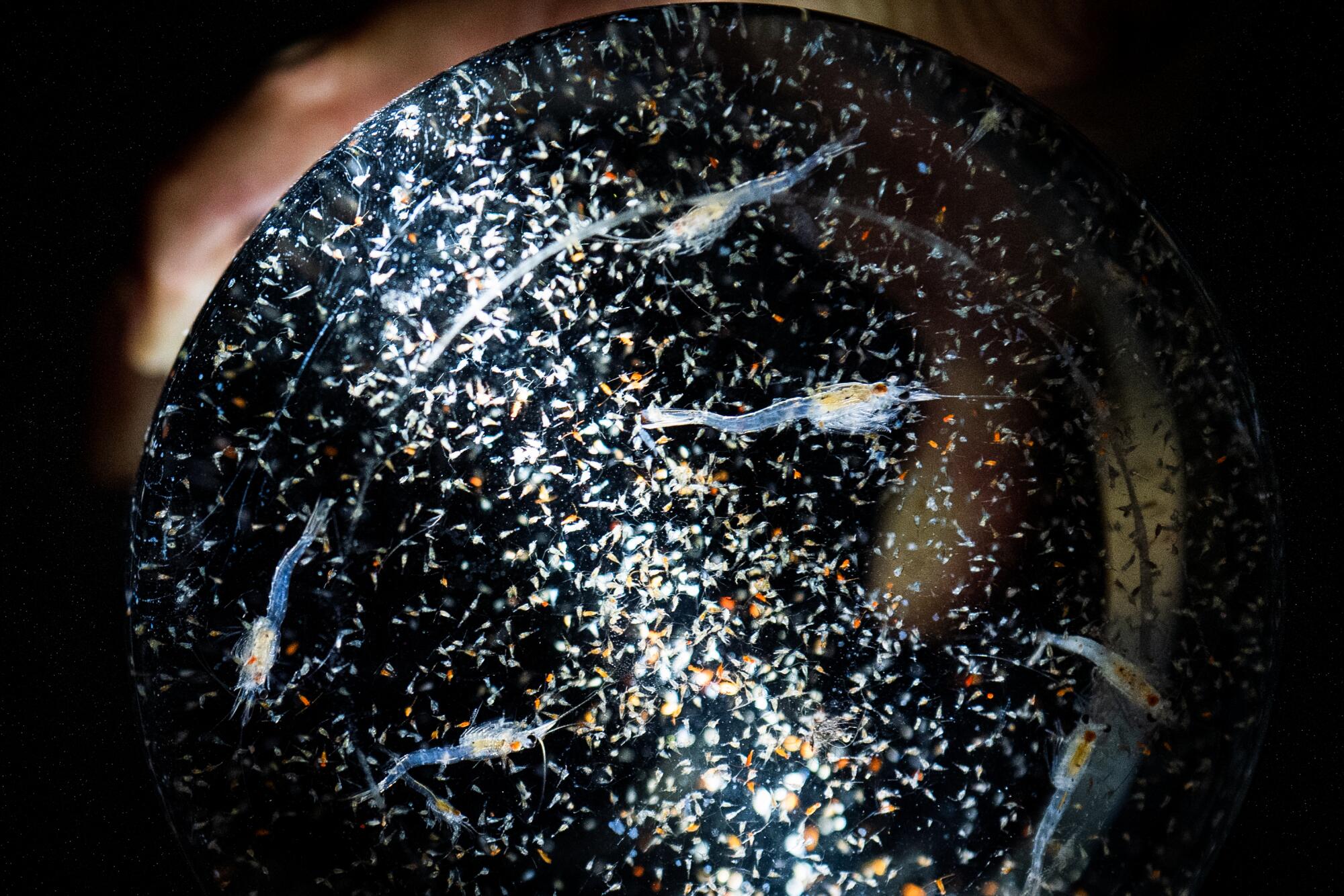
“Lake Tahoe shrimp contain the purist Omega-3 on earth,” he said in an interview. “They’re filled with it, like little shrimp cocktails.”
Yet as UC Davis researchers push ahead with their shrimp-trawling plans, they are coming under fire for acting on unsubstantiated science in a way that could weaken confidence in ongoing efforts to protect the lake’s clarity.
Federal, state and local governments, for instance, are spending millions of dollars on retrofitting storm drains, buying land and developing erosion control and wetlands restoration projects to limit pollution from entering the lake.
Schladow acknowledges that claims about the shrimp’s impact were based on preliminary reviews of data collected midway through an ongoing study at Lake Tahoe’s Emerald Bay. The study ends in May.
He said the shrimp-removal plans, made public in the center’s annual “State of the Lake” report in August, signal an “exciting potential ecological approach” to restoring Tahoe.
Critics have a different view.
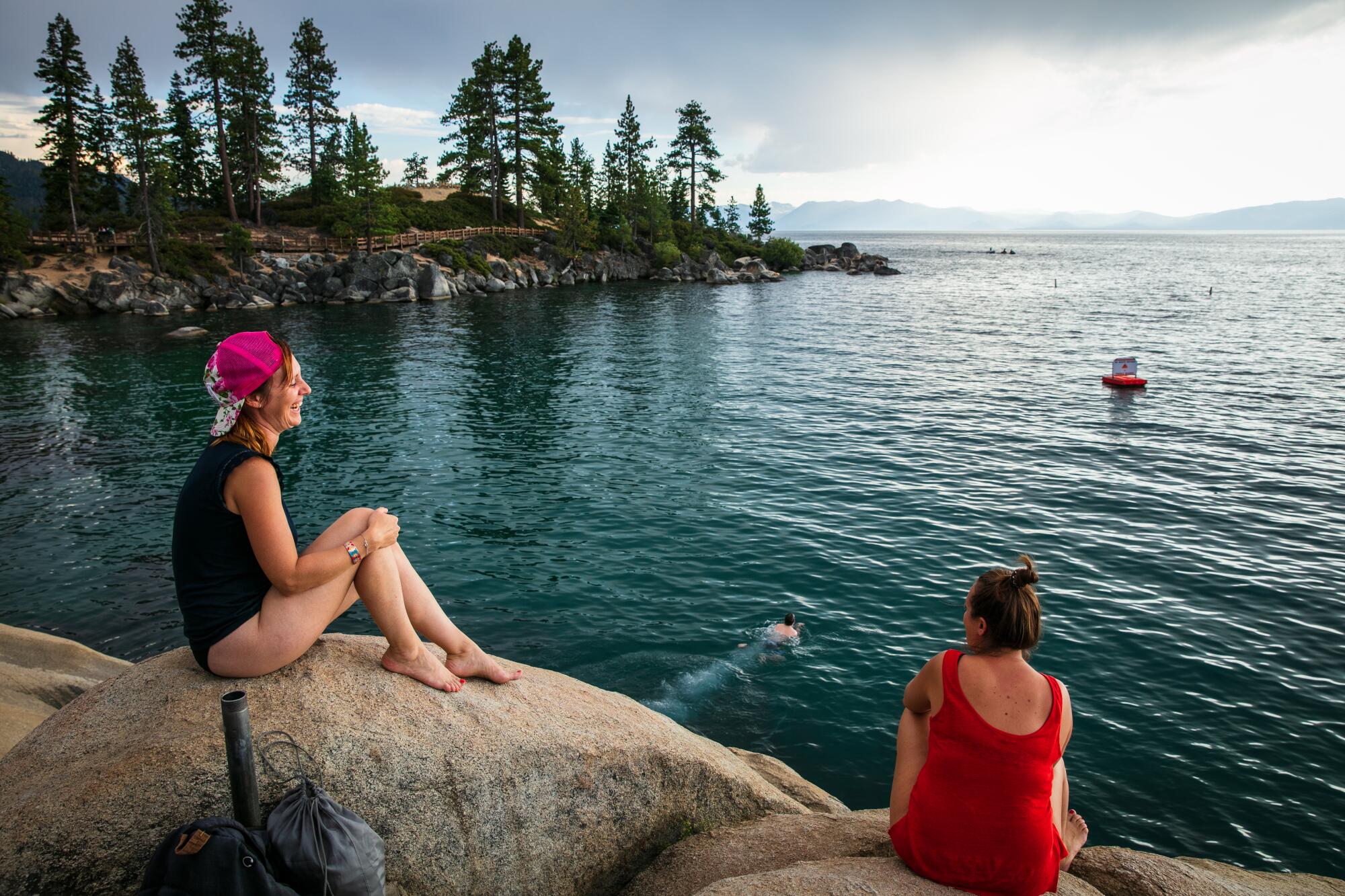
Charles Goldman, founder of the UC Davis Tahoe center and a leading researcher at Lake Tahoe since 1958, said he was dismayed that the announcement came before the Emerald Bay study had been completed and critiqued by other scientists working in the same field.
“Unfortunately, it’s based on very little data,” Goldman, 88, said in an interview. “So, it’s hard to believe because we’ve established many other reasons why Lake Tahoe’s water is losing clarity.”
Julie Regan, a spokeswoman for the Tahoe Regional Planning Agency, which was created by California, Nevada and Congress in 1969 to control urbanization of the Tahoe Basin, agreed.
“This could be a promising new strategy,” she said. “And we look forward to the peer-reviewed science on this project when it is complete. But it is not yet complete.”
Doug Smith, an assistant executive officer at the Lahontan Regional Water Quality Control Board, which has funded some of the Tahoe research center’s projects, was concerned that Schladow, as he put it, did not “seek approval from us” before making the announcement.
“It was surprising that our agency was not in the loop, given that, historically, we’ve always worked closely together,” he said. “Now, a peer-reviewed analyses will determine whether this is really the panacea Geoffrey is touting.”
Schladow shrugs off that kind of talk with a confident smile.
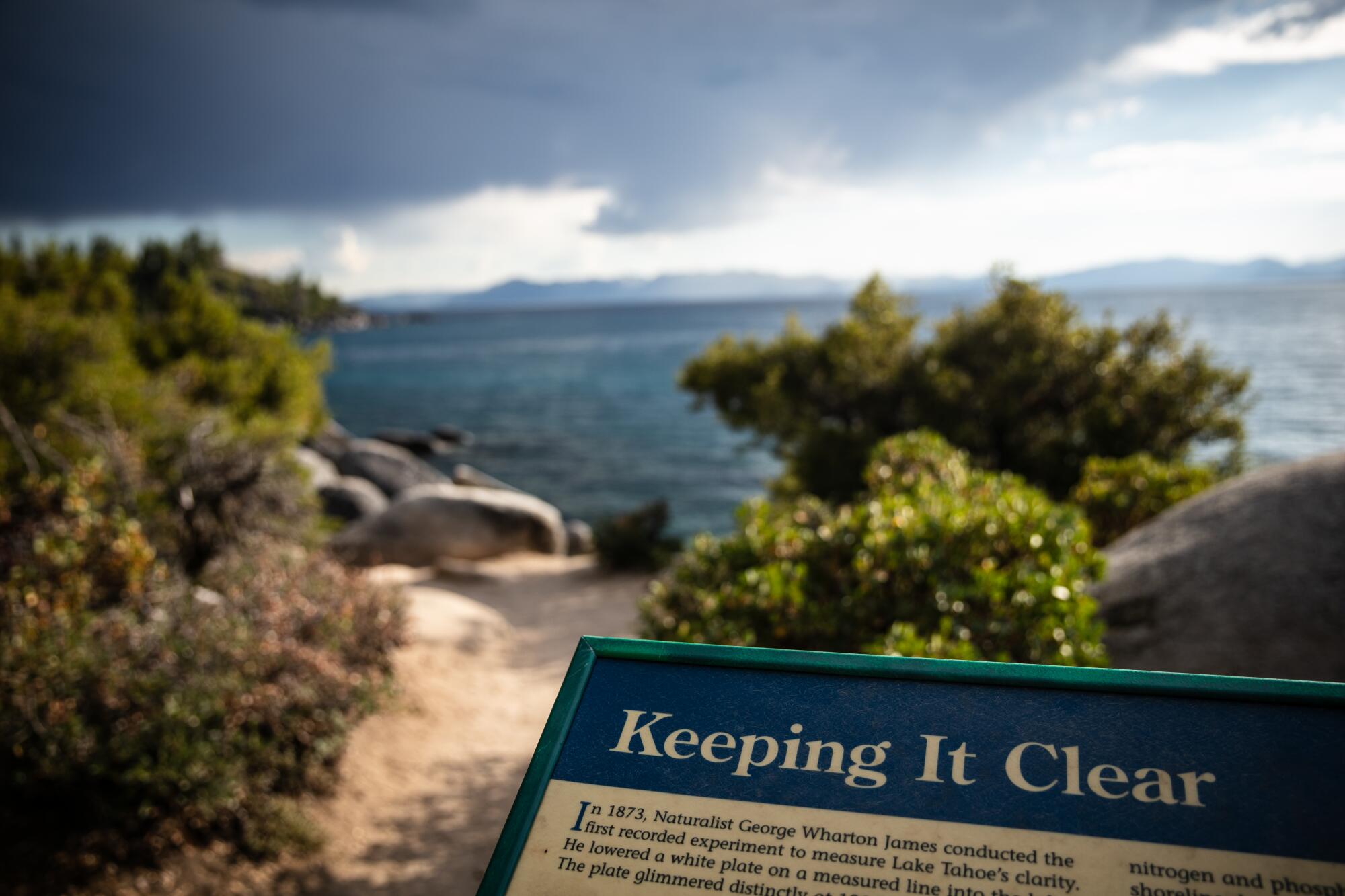
“If you hear about this ecological solution out of the blue, it sounds improbable,” he said. “But if you think about it, it makes sense — and we wonder why we didn’t think about it sooner.”
That kind of talk has earned Schladow, a civil and hydraulic engineer, a reputation for being an edgy, headstrong administrator who sometimes leaves supporters wondering about his “big ideas.”
When asked whether Schladow’s announcement of a possible ecological solution to Tahoe’s clarity issues was premature, Heather Segale, a spokeswoman for the Tahoe research center, said, “Not at all. He’s really excited about this.”
Encircled by pine forests and peaks rising to 11,000 feet, the scenic 500-square-mile Tahoe Basin straddles the California-Nevada border and is one of the most tightly regulated regions on the planet.
It is also home to decades of disputes and rivalries. Two states, five counties, environmental organizations, research institutions, property owners and developers have long offered conflicting visions of balancing environmental needs with property rights and the region’s tourism industry.
Many experts sneer at the notion that trawlers could scoop up enough shrimp to make a difference in the bowl-shaped lake that is 22 miles long, 12 miles wide, 1,655 feet deep and filled with 39 trillion gallons of snow melt. But Schladow contends that UC Davis is devising a realistic plan for reversing what he calls “an unforeseen ecological tragedy.”
It all started, he said, in the 1960s, when California wildlife authorities introduced the non-native shrimp Mysis relicta as part of an effort to produce monster trout for anglers.
The dime-sized shrimp would migrate down to the depths of the lake to avoid light during the day, then rise to the surface at night where they consume native zooplankton — the trout’s natural food source.
As a result, the average trout size shrank and native zooplankton, including Daphnia, largely disappeared from the aquatic ecosystem.
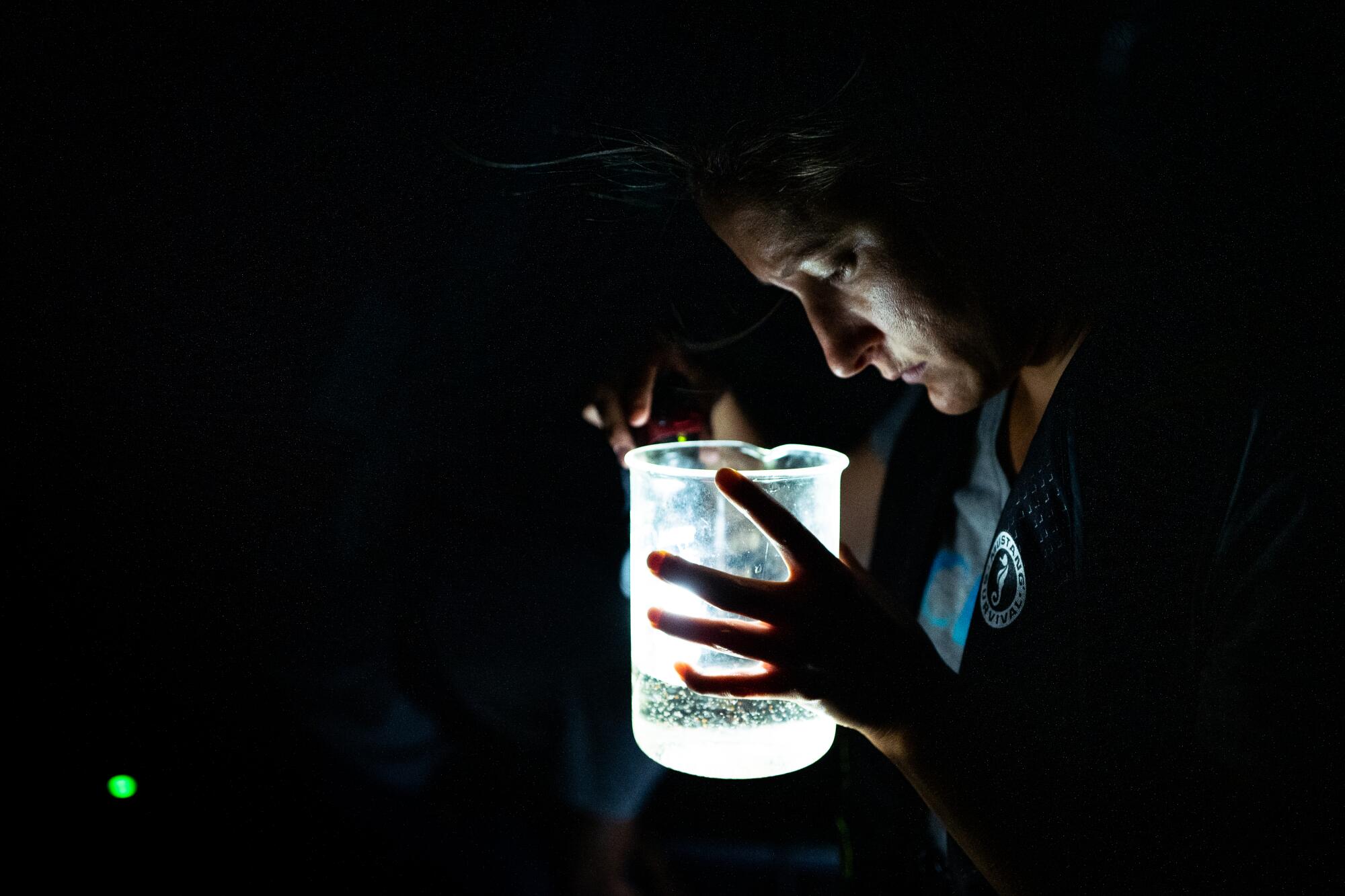
That process went unnoticed until 2011, when UC Davis researchers resumed the monitoring of shrimp after a break of several years. In Emerald Bay, they discovered that the shrimp had disappeared, and populations of Daphnia had returned in large numbers.
More surprising was a dramatic improvement of clarity in Emerald Bay’s water.
“In 18 months, clarity increased from 40 feet to nearly 80 feet, a phenomenal rate of clarity improvement,” according to the “State of the Lake” report.
The researchers theorize that’s because the native zooplankton are prone to ingest small particles, then either use them to fulfill critical nutritional needs or excrete them as fecal pellets. In Lake Tahoe, the small particles they eat include the single-celled algae Cyclotella, which is considered a climate-change induced threat to the clarity of its water.
The preliminary findings raised a fascinating possibility. “Land-use practices and urbanization, which grew rapidly starting in the 1960s,” the report says, “are considered the major cause of clarity decline, and all efforts to restore clarity have been directed at mitigating those impacts.”
However, the introduction of Mysis, which occurred at the same time,” it adds, “has never been seriously considered.”
To fill that gap, the research center in 2016 launched a small-scale pilot program in Emerald Bay funded by the California Tahoe Conservancy and the Nevada Division of Environmental Protection.
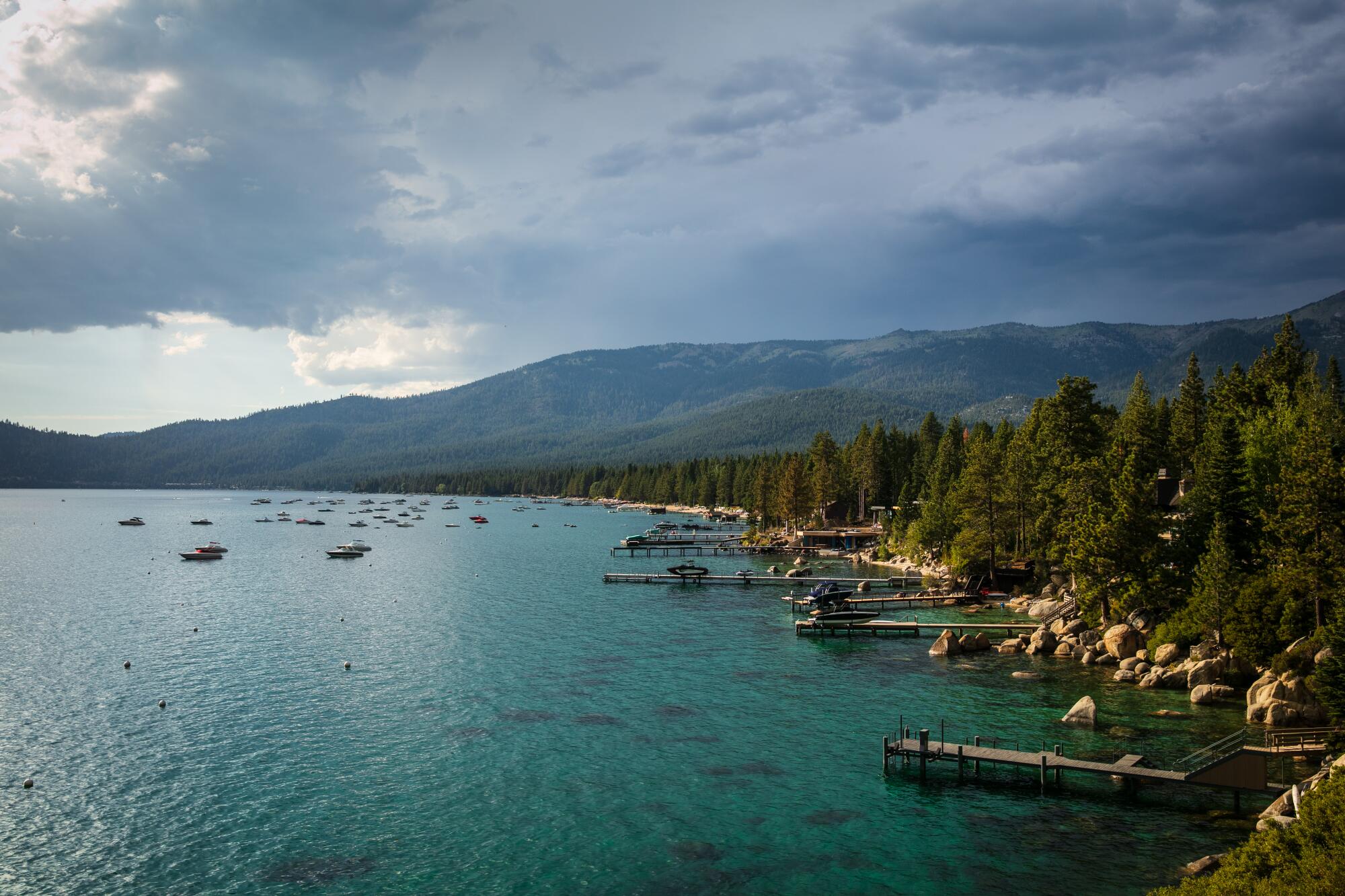
Using advanced sonar equipment, a research team led by center biologist Brant Allen began locating populations of shrimp in the bay, and then removed them with a trawl net.
The results were highlighted in the “State of the Lake” report.
Could Mysis populations be reduced to a level at which Daphnia could thrive? “With one year of the project remaining,” it says, “the answer appears to be YES!”
Now, the research center is developing a large-scale plan to remove shrimp from throughout lake and subsidize the process with revenue generated by Omega-3 extracted from the catch.
“We’re already in discussions with several companies — and one in particular that could manufacture Omega-3 from the shrimp,” Schladow said in an interview.
But how many trawlers would be needed to ply the lake, in the darkness of night, to significantly knock back the mysis populations? Schladow said those details are still being worked out.
A formal report of the pilot project studywill be submitted to a scientific journal next year, he said.

In the meantime, Allen and Katie Senft, the latter of whom is an assistant professor of biology at the center, are conducting surveys of the lake’s shrimp population as it rises to the surface for midnight meals.
On a recent weekday evening, Allen said, “Hold on tight,” as he placed his hands on the steering wheel of a 30-foot aluminum skiff and peered through the darkness ahead.
He gunned the craft’s two 425-horsepower motors and boomed out under a big sky filled with bats and a dazzle of stars.
About five miles out, he cut the engines. In the light of their headlamps, Allen and Senft maneuvered a large, fine-scale net over the side of the boat and guided its descent to a depth of about 60 feet.
They were hoping to catch mysis shrimp feasting on zooplankton in conditions as dark as the inside of a suitcase.
It didn’t take long to find what they were looking for.
“We’re not suggesting that we’ve discovered a miracle cure for all of Lake Tahoe’s problems,” Allen said. “But we have found a potentially important link between the shrimp population and water clarity.”
Sonar and other technologies, the researcher said, have helped the team gain a new understanding of mysis, a creature that is anything but a delicacy.
Nodding toward a dozen of the ghostly white crustaceans exploring the bottom of a large glass beaker, he smiled and added, “I also happen to know with high level of certainty that Lake Tahoe shrimp taste horrible on crackers.”







